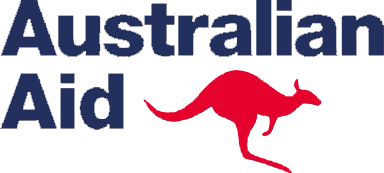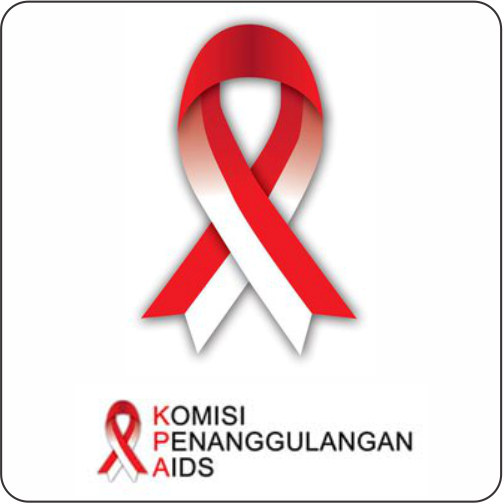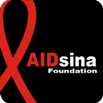Noor Tromp1, Adiatma Siregar2, Barnabas Leuwol3, Dindin Komarudin3, Andre van der Ven4, Reinout van Crevel4, Rob Baltussen1
ABSTRACT
Aim: to evaluate the costs-effectiveness of scaling up community-based VCT in West-Java. Methods: the Asian epidemic model (AEM) and resource needs model (RNM) were used to calculate incremental costs per HIV infection averted and per disability-adjusted life years saved (DALYs). Locally monitored demographic, epidemiological behavior and cost data were used as model input.
Results: scaling up community-based VCT in West-Java will reduce the overall population prevalence by 36% in 2030 and costs US$248 per HIV infection averted and US$9.17 per DALY saved. Cost-effectiveness estimation were most sensitive to the impact of VCT on condom use and to the population size of clients of female sex workers (FSWs), but were overall robust. The total costs for scaling up community-based VCT range between US$1.3 and 3.8 million per year and require the number of VCT integrated clinics at public community health centers to increase from 73 in 2010 to 594 in 2030. Conclusion: scaling up community-based VCT seems both an effective and cost-effective intervention. However, in order to prioritize VCT in HIV/AIDS control in West-Java, issues of budget availability and organizational capacity should be addressed.
Key words: HIV infections, voluntary counselling and testing, cost-effectiveness analysis, decision maker.
1Department of Primary and Community Care, Radboud University Nijmegen Medical Centre, NICHE (Nijmegen International Center for Health Systems Research and Education). PO Box 9101, 6500 HB Nijmegen, The Netherlands
2Department of Economics, Faculty of Economics and Business, University of Padjadjaran, Bandung, Indonesia
3Medical Research Unit (UPK), Faculty of Medicine, University of Padjadjaran, Bandung, Indonesia
4Department of Internal Medicine, Radboud University Nijmegen Medical Centre, Nijmegen, The Netherlands Correspondence mail: Alamat email ini dilindungi dari robot spam. Anda memerlukan Javascript yang aktif untuk melihatnya..
-

Cost Effectiveness of Scaling up Voluntary Counselling and Testing in West Java, Indonesia
Created: Sabtu, 04 Januari 2014 02:24 | Size: 1.66 MB | Downloads: 925










